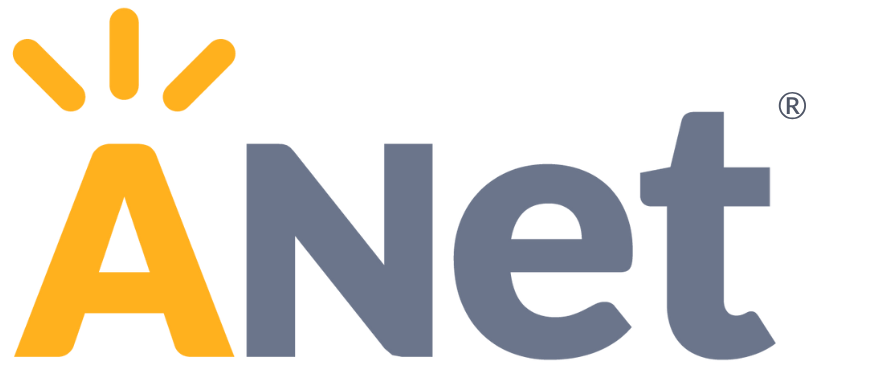by Samantha Cleaver
The pendulum is swinging. Districts and states are realizing that, when it comes to testing, more isn’t better. At the same time, most educators recognize that having the right assessments can help them support their students.
Massachusetts school principal Jean-Marie Kahn speaks for many: “I’m not a huge fan of standardized testing, but I can’t imagine running a school without knowing what my kids know.”
“I’m not a huge fan of standardized testing, but I can’t imagine running a school without knowing what my kids know. ”
As we’ve explored this balance alongside our school partners, we’ve settled on one guiding principle: assessment is most valuable when it informs instruction. Here are a few things we’re seeing our school partners do to stay focused on this purpose.
They’re looking at student work, not just student scores.
When the fourth-grade team at Carlton Elementary in Salem, MA sat down to look at interim assessment data it was obvious—their students had bombed one of the fractions questions. “If you look at the score,” says Kahn, “you’d think they know nothing about fractions.”
But when the team picked apart the word problem, which involved multiplying a fraction by a whole number, they saw something different. Students’ answers to thoughtfully constructed multiple-choice options revealed that they did understand the basics—how fractions were composed and how to manipulate them—but needed more practice representing them on a number line. Rather than teaching fractions all over again, teachers collaborated on plans to build students’ understanding starting with what they already knew. A followup mini-quiz the next week showed that most fourth graders had mastered the grade-level skills.
They take advantage of technology that has true instructional value.
Technology is changing how we can assess student mastery, and it gives us an opportunity to move away from fill-in-the-bubble tests. “Tools like using a video or dragging and dropping answers are more than bells and whistles,” says Emma Doggett, ANet’s chief program officer. “Those different types of items better show student learning and eliminate the option to guess.” That allows us to home in on exactly what’s holding a student back so we can make our instruction as effective as possible.
And increased use of open-response and writing tasks provide an authentic way for students to demonstrate mastery of language and ELA standards, and it gives teachers a rich picture of student understanding. Additionally, it provides opportunities for students to synthesize seemingly disparate Common Core skills using real-world activities.
They balance scaffolding with grade-level expectations.
In many classrooms, students start below grade level. With the Common Core, grade-level expectations have only increased; so teachers everywhere find themselves scaffolding to help students catch up. As teachers tailor instruction to meet students where they are, they also try to keep an eye on how students are performing relative to the expectations outlined by the Common Core.
Over the last 15 years, grades 1–2 teacher Richard Giso has used different assessments to help him accomplish both of these goals while maximizing instructional time. He uses a variety of one-on-one and group assessments, such as early literacy inventories and reading running records, “that take just a few minutes” and give him the information he needs to address students’ specific, immediate needs. Then he uses more periodic interim assessments to provide a regular snapshot of where students are relative to the ultimate goal of grade-level proficiency. “We do so much scaffolding,” says Giso. “[Interims] are our way of knowing how students perform with a grade-level text.”
Staying focused on instruction
Getting the information you need while minimizing loss of instructional time is tricky. But open conversation among teachers, school leaders, and district teams about how well their assessments are serving the ultimate purpose of shaping instruction can benefit any school.
Samantha is an ANet coach in Massachusetts.

